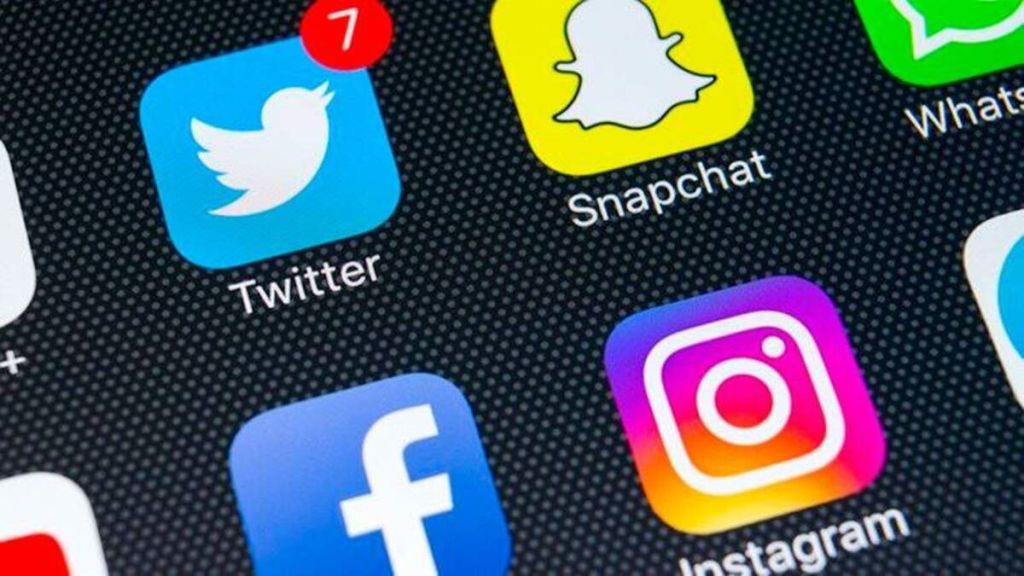By Amol Agrawal
To understand how bank runs occur, one is often asked to watch the movie It’s a Wonderful Life. The protagonist, George Bailey, saves his bank by putting his capital on the table and asking people to withdraw as much as they wished to.
People seeing money on the table was the factor that gradually stopped the run on Bailey’s bank. Until very recently, bank runs happened as depicted in the movie. In today’s world of digital banking, a new catalyst of bank runs has emerged: social media.
Bank runs are as old as banking itself. Banks generally operate on high leverage, which means they hold more assets per unit of capital. So, even small losses on the assets side can run the banks down. All these years, banks runs happened when information about a bank under trouble starts getting discussed. This information, if not contained, spreads like a wild fire. Depositors run for their deposits and queue outside their branches. The deposits are locked up in long-term loans that are not easily recallable.
The rumours could spread to other banks of a similar size/type, creating a run on the banking system as seen during the Great Depression.
Given banks’ importance for the functioning of the general economy, bank failures could lead to collapse of the economy. Different countries respond to bank runs and bank closures differently.
Some regulators, like in the US, allow banks to get liquidated whereas, in India, this is best avoided by trying to amalgamate the failed bank with a larger stable bank. The importance of the topic led to the economics Nobel Prize for the year 2022 being given to three economists for their work on “banks and financial crises”.
The key to bank runs is how quickly the information spreads to the depositors. The various information channels used by banks and financial firms are like a double-edged sword. On the one hand, all the financial activities—valuation of companies, trading of shares and bonds, giving loans, etc—are dependent on the quality of information about assets and liabilities of firms.
Historically, the financial world has been one of the earliest adopters of any new technology/ medium that helps faster collection and dissemination of information. From pigeons to telegraphs to internet, financial firms have used them all. Social media is the latest such tool, and financial organisations
are using it for product promotion, sharing information and even recruiting people.
On the other hand, the faster channels could also mean that misinformation and rumors spread faster. With social media, these problems are amplified.
Unlike other information channels which are one-sided, social media platforms are two-sided. People do not just get information but also participate in creating information on these channels. In no time, financial news, whether true or false, can become viral.
The US banking crisis in 2023 was a testimony to the role of social media in bank runs. Both the Federal Reserve and Federal Deposit Insurance Corporation, in their review of the crisis, pointed to the role social media played in the US bank crisis.
The news about financial health spread across the social media platforms and, by the time the bank management realised, the ruin had already set in.
In the earlier bank runs, one had to queue outside branches—this gave banks time to figure out the situation. In today’s digital banking age, it is just a matter of few clicks and swipes, and one can withdraw all of one’s deposits seamlessly.
The clients of Silicon Valley Bank were also well informed and equipped to create a digital bank run. The run on SVB was followed by runs on two other US banks and also spread to a large Switzerland-based bank.
How do we resolve this challenge? In a recent speech, RBI deputy governor Rajeshwar Rao advocated constant and effective supervision to monitor and prevent the spread of misinformation over social media. Regulatory policies must complement commercial banks efforts in this regard.
India’s banks have so far looked at only the positive side of the social media and used it for outreach and other related activities. It is time they look at the other side of social media as well and learn lessons from the recent bank failures in the US. Both the regulator and individual banks will now have to track trends on social media platforms. They will have to be ever vigilant about any information on social media that could lead to a bank run.
To sum up, social media has emerged as a major challenge for banks and banking regulators globally. (The challenges are not limited to the banking regulator, but also extend to other financial market regulators.)
In an earlier article, I had showed how social media has led to proliferation of unregistered investment advisers in India. Who would have imagined these harmless looking personal messaging platforms will go onto have sway over elections and banks!
The author teaches at Ahmedabad University. Views expressed are personal.


